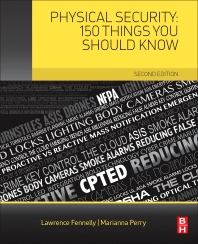Now, more than ever, organizations are looking for ways to motivate their employees to be more productive. The volatility of the economy is forcing organizations in every industry to look for ways to do more with less. The question is: What will motivate your employees?
Most managers would instantly respond, “Money.” They couldn’t be more wrong. While we all want to be paid a decent wage for our work, money will not motivate us to improve our performance or productivity. What will? Recognition.
The need for recognition and praise is right up there with the need for food, water, and shelter. We all want to feel valued, to be recognized for our contributions. Far too many executives, however, put more emphasis on monetary rewards than they do on recognition, costing their companies more financially and doing nothing to motivate their employees. Money is at the bottom of the motivational ladder.
Too often, the only feedback many employees get is negative. Unless you balance any criticism with recognition, you are doing nothing more than demoralizing your employees, who in turn will become frustrated and less productive. It’s much better to praise successes than it is to dwell on failures—and it will cost your company nothing.
Recognition brings with it other benefits besides increasing productivity. It builds loyalty and reduces turnover, because employees who feel valued don’t want to look for jobs elsewhere. It also builds employees’ self-esteem and self-confidence, which makes them feel good about themselves and more willing to tackle new challenges.
In order to be effective, recognition must do the following:
Be timely. If an employee does an excellent job on a project, and a week goes by before you acknowledge and praise her work, it is meaningless. If, on the other hand, within a matter of hours you tell her what a wonderful job she did and what a valuable member of the team she is, you will motivate her to continue to do good work.
Be specific. It’s not enough to simply say, “Nice job, Joe.” It’s much more effective if you say, “Joe, you did a terrific job on that report. You not only answered all the questions I had, you turned it in a day ahead of schedule. I can’t tell you how much I appreciate your hard work.”
Be sincere. If you constantly acknowledge employees’ effort with a simple, “Good job,” it will have no effect. It’s too easy—and it sounds insincere. If, on the other hand, you recognize that employee and his efforts not only with words of praise but with body language—a smile, enthusiasm, and a warm handshake—you are sending the message that you sincerely appreciate a job well done.
Be public. When you recognize and praise the work of an employee—and do so in front of other employees—you not only are motivating that employee to continue to perform well, you are motivating other employees to work hard and earn similar praise. You do this in a variety of ways. You can recognize the employee verbally, either in your own words or, perhaps, reading a letter of recognition from the chief executive officer or another high-ranking company official. Another option is to feature the employee in the company newsletter. You can bet that employee will keep a copy of that article for many years to come.
Recognition is a powerful motivational tool that also reduces turnover, builds strong teams, and improves your organization’s bottom line by increasing productivity. In the process, it makes you look good as a manager and increases your chances of moving up the ladder.









